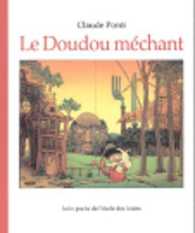Full Description
The Evolution of Chinese Popular Cinema provides insights into the Chinese film industry and popular cinema in the past two decades (with a major focus on the films produced since the mid-2010s).
The book emphasizes on the film market in mainland China since the mid-2010s and how it has been dramatically different from the previous decades featured with big names like Zhang Yimou and Feng Xiaogang. Witnessing an age of baokuan films - films that have renewed box office records, represented by Wolf Warrior 2, The Wandering Earth, Nezha, and Hi, Mom - this study contends that baokuan films have forged a unique category in the landscape of Chinese cinema. It further reveals how these commercially successful films interact with industrial, economic, political, and social elements, illuminating transformations in Chinese filmmaking amid the country's evolving landscape since the 2010s through the post-pandemic era.
It will be an insightful resource for undergraduate students, postgraduate students, and general audiences interested in Asian Studies, Film Studies, Chinese media and cultural studies, contemporary Chinese cinema and cultural industries, and Chinese cinema studies. The book will also inspire researchers in China Studies by discussing the instability of globalization and China's changing global strategies, state and popular nationalism, and the rise of active audiences through the lens of popular films.
Contents
Introduction: The baokuan phenomena in China
1. Chinese commercial cinema amidst globalization's instability
2. What is a baokuan film?
3. "Fan films" and "baokuan films": Cultural policies, capital, and Chinese commercial filmmaking in the 2010s
4. "The rise of national animation": Nezha (2019) and a Confucian boy-god
5. "The genesis of Chinese sci-fi films": Crazy Alien (2019) and The Wandering Earth (2019)
6. Creating box office successes: social media, new ways of film marketing, and active audiences
7. The power of word-of-mouth: Detective Chinatown 3 (2021) and Hi, Mom (2021)
Conclusion: Baokuan films in post-pandemic China








